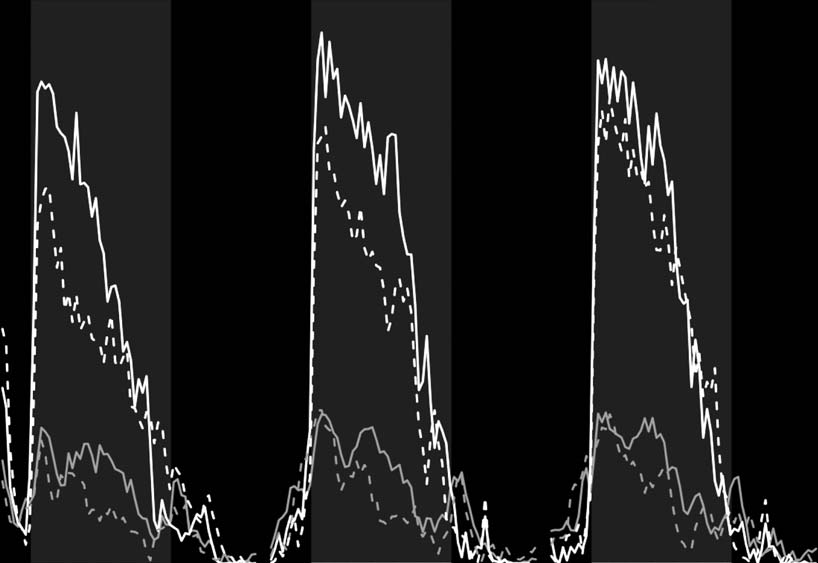G1312-90008_binarypumpvl_user_en.fm
Agilent 1260 Infinity Binary Pump VL © Agilent Technologies, Inc. 2008, receive no greater than Restricted Rights as defined in FAR 52.227-19(c)(1-2) (June The material contained in this docu- 1987). U.S. Government users will receive No part of this manual may be reproduced ment is provided "as is," and is sub- no greater than Limited Rights as defined in




